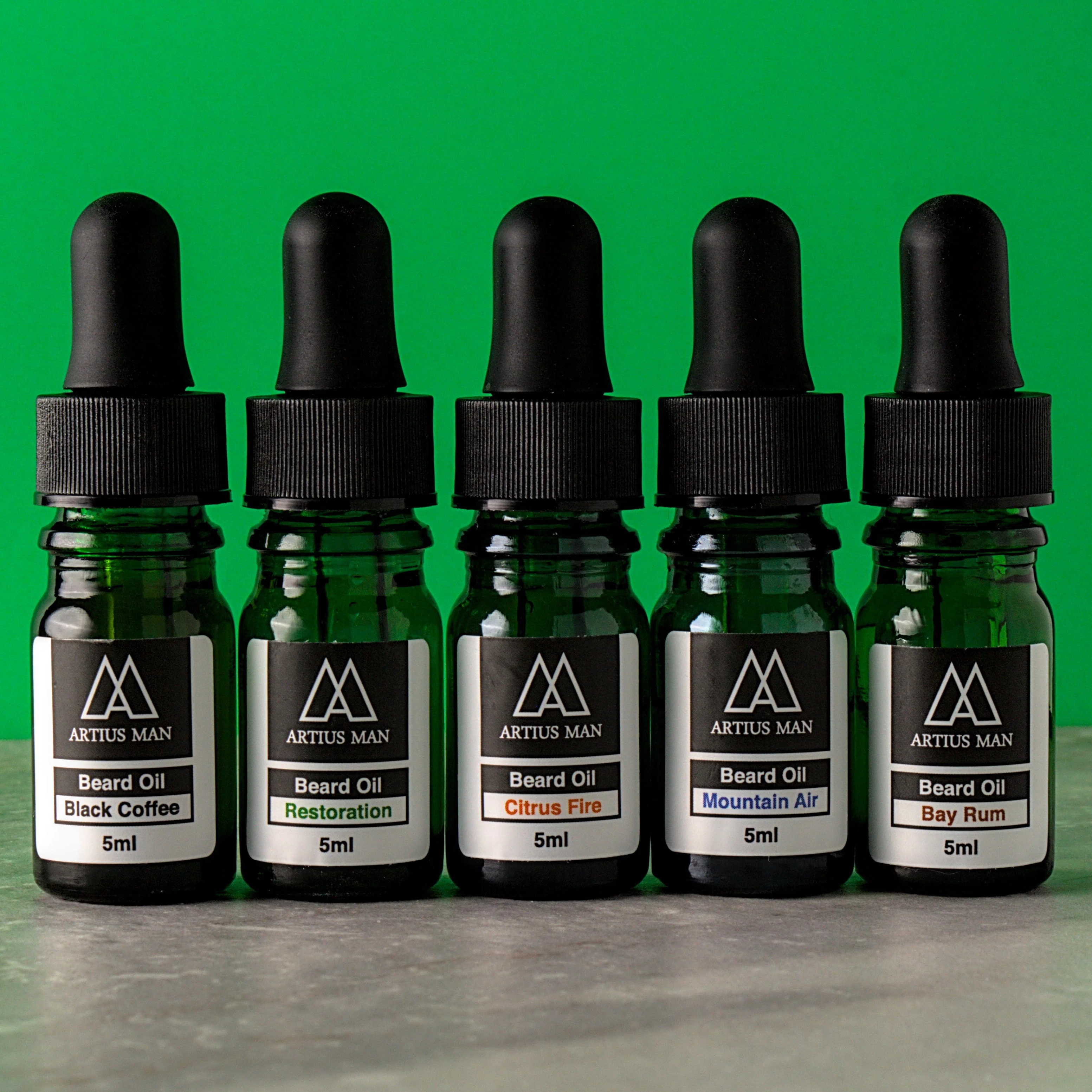7 Easy Tactics for Better Coastal Landscape Photography
Coastal landscapes can be an incredibly satisfying subject for landscape photographers and can result in some stunning images. Besides abiding by the general guidelines for landscape photography, here are a few other things you might like to think about next time you’re down by the coast with your camera.
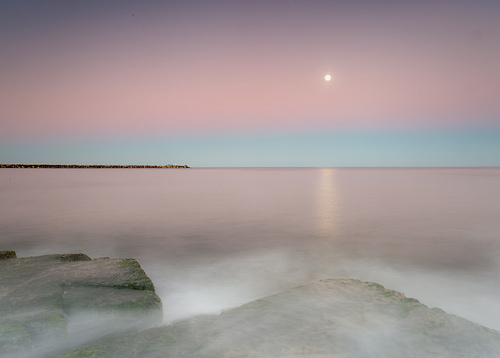
While coastal landscape photography can be done at any time of the day or night, most photographers who are consistently getting great results will favour golden hour or blue hour as their favourite times to shoot. Getting there around these times allows you to capture stunning changing lighting conditions. Get used to shooting from before sunrise or until after sunset.
2. Get an ND Grad Filter
The secret sauce of coastal landscapes that are shot around golden and blue hours is an ND grad filter – a weapon of choice for a lot of landscape photographers. This simply makes it a lot easier to get a correct exposure on your skies (which basically act as a huge and bright light source) at the same time as the fore and mid-ground which can often be in shadow at the same time.
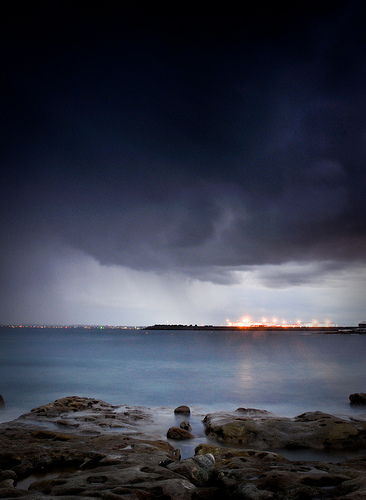
Shooting in lowish light means that you are going to have to stabilise your camera as best you can. That usually means a tripod for starters. You might also like to employ a remote shutter release or at least the delayed timing functionality that is standard with a lot of DSLRs.
4. Remember Your Foregrounds
When you’re concentrating on the beautiful colours of a sky in the golden or blue hours it can be very easy to forget that foreground interest can really add an element of interest to a coastal landscape that is irreplaceable. Usually a little scouting around a location will turn up all sorts of potentially interesting foregrounds that can complete your composition.
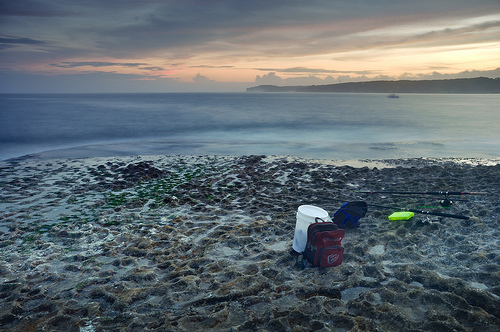
Remember that if you are taking photographs in low light, with a slow shutter speed then water can appear blurred or misty. Personally I like that effect. If you don’t then you will want to make your shutter speed faster and adjust your other settings accordingly. This can get difficult in low light, so it’s probably an idea in this case to get to the location when there’s a little more light around. Alternatively you could shoot with wider apertures or increase the ISO but neither of those options is necessarily great for landscapes (depending on your intentions).
6. Don’t Forget Black and White
While the colours of coastal landscape photography are a great reason to be attracted to this subject, amazing results can also be had with black and white (and you don’t necessarily even have to shoot at blue or golden hour to get them). Play with your images in post production and test the effects of black and white – sometimes you can get a real gem by accident, but going with the intent of shooting b&w can get you even better results.
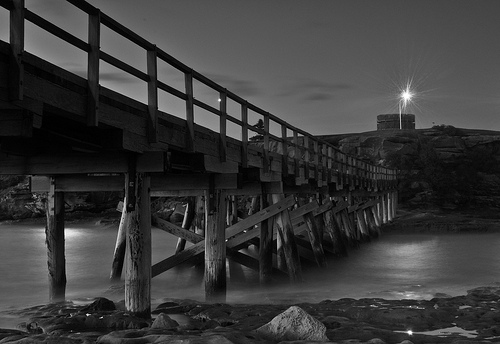
At popular photography locations on the coast around the time of sunset, there is a big mistake you see the entire crowd make most of the time (assuming you’re shooting in a location that’s popular with photographers). They only look towards the sun. Quite often there is amazing light in the other direction too – especially if there are a few clouds around! Don’t forget to at least look at what is happening in the rest of the sky.
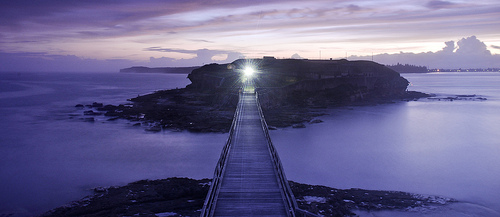



.gif)




